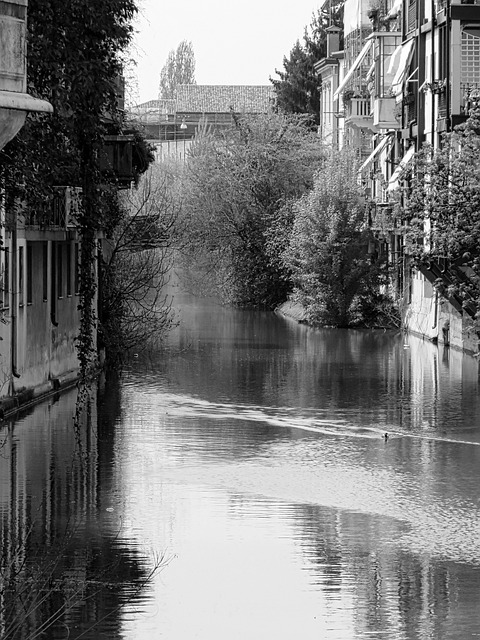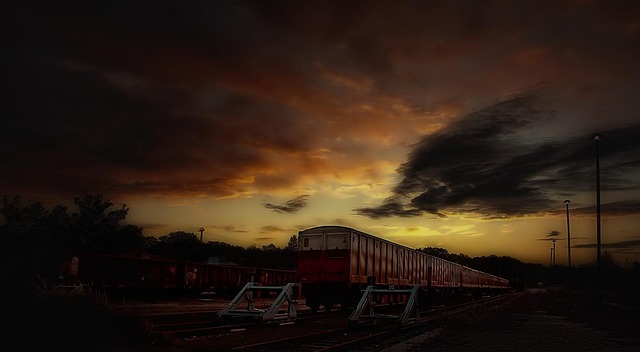springfield, Oregon's journey began with its 1847 founding and strategic location within the Willamette Valley. The arrival of railroads in 1872 sparked a transformation from a small settlement to a bustling logging center, fueled by its role as a key transportation link for timber. This led to a boom in the Springfield logging industry, attracting workers and families that contributed to significant population growth and cultural evolution. Even after the industry waned, Springfield diversified its economy while preserving its logging heritage through historical landmarks like old museums and rail line remnants. Today, it stands as a vibrant cultural center with a distinct history shaped by its founding, logging past, railroad expansion, and population growth.
Springfield, Oregon, boasts a rich tapestry of historical events that have transformed it from a humble settler town to a vibrant community. This journey through time showcases the pivotal roles played by its founding history, the booming logging industry, and strategic railroad expansion. As Springfield evolved, so did its cultural landscape, evident in its historical landmarks and significant population growth. Discover how these elements interweave to tell the story of this dynamic city’s past and present.
- Springfield Founding History: From Settler Town to Logging Center
- The Rise and Decline of Springfield's Logging Industry
- Railroad Expansion: Connecting Springfield to the Outside World
- Exploring Springfield's Historical Landmarks and Cultural Evolution: A Journey Through Time
Springfield Founding History: From Settler Town to Logging Center

Springfield’s journey began as a small settlement in the lush Willamette Valley. Founded in 1847, it was initially a rest stop for pioneers traveling along the Oregon Trail, quickly evolving into a thriving community with the arrival of the railroad in 1872. This pivotal moment sparked Springfield’s transformation from a humble settler town to a bustling logging center, as it became a vital link in the transportation of timber from the dense forests surrounding the area. The industry boomed, drawing in workers and families who contributed to the town’s cultural evolution and rapid population growth.
The city’s historical landmarks bear witness to this transformation. Old logging museums and remnants of the rail lines tell tales of Springfield’s past as a logging hub. Yet, even as the logging industry waned, Springfield’s resilient spirit endured, diversifying its economy and embracing new roles as a cultural center and a gateway to outdoor adventures in the surrounding Cascade Range.
The Rise and Decline of Springfield's Logging Industry

Springfield’s early foundation was deeply intertwined with its logging industry, which flourished during the late 19th and early 20th centuries. The city’s strategic location near vast forests made it an ideal hub for lumber extraction. The Springfield Railroad Expansion played a pivotal role in transporting logs to market, fueling the industry’s growth and contributing to the town’s rapid population increase. This period witnessed remarkable cultural evolution as loggers from diverse backgrounds settled here, leaving their mark on the local tapestry. Historical landmarks like old mill sites and remnants of logging operations still dot the Springfield landscape, serving as reminders of this pivotal era.
However, the logging industry’s heyday eventually waned due to several factors. Exhaustion of local timber resources, advances in technology that made logging more efficient elsewhere, and changing economic landscapes all contributed to its decline. As the industry contracted, Springfield had to diversify its economy to sustain its population growth and cultural vibrancy. This transition from a logging town to a more diverse community showcases the resilience and adaptability inherent in Springfield’s history.
Railroad Expansion: Connecting Springfield to the Outside World

Springfield’s journey into the modern era was greatly influenced by its strategic location and the subsequent railroad expansion. The town, with its rich Springfield founding history, became a pivotal point in Oregon’s transportation network. This development played a crucial role in fostering the Springfield logging industry, which boomed during the late 19th century, leading to significant population growth.
The arrival of railroads connected Springfield to the broader world, enhancing its cultural evolution. It facilitated trade, attracted new businesses, and brought in diverse communities, transforming Springfield into a vibrant hub. The historical landmarks that now dot the town’s landscape are testaments to this period of rapid change, where Springfield’s identity was shaped by its role as a vital link in the region’s transportation system.
Exploring Springfield's Historical Landmarks and Cultural Evolution: A Journey Through Time

Springfield, Oregon, boasts a rich tapestry of history and culture that has evolved over centuries. The city’s founding roots lie in the late 1800s when early settlers were drawn to the region by its natural beauty and abundant resources. The Springfield founding history is intertwined with the logging industry, which played a pivotal role in shaping the town’s identity during this period. As the logging industry boomed, Springfield experienced rapid population growth, transforming from a small outpost into a bustling community.
The railroad expansion in the late 19th century further accelerated Springfield’s development. The arrival of the railway connected the city to broader networks, facilitating trade and attracting diverse populations. This period saw the establishment of Springfield as a cultural hub, with various landmarks and architectural marvels reflecting its heritage. Today, exploring Springfield’s historical landmarks provides a journey through time, showcasing the town’s logging past, railroad heritage, and the cultural evolution that has made it the vibrant community it is today.
